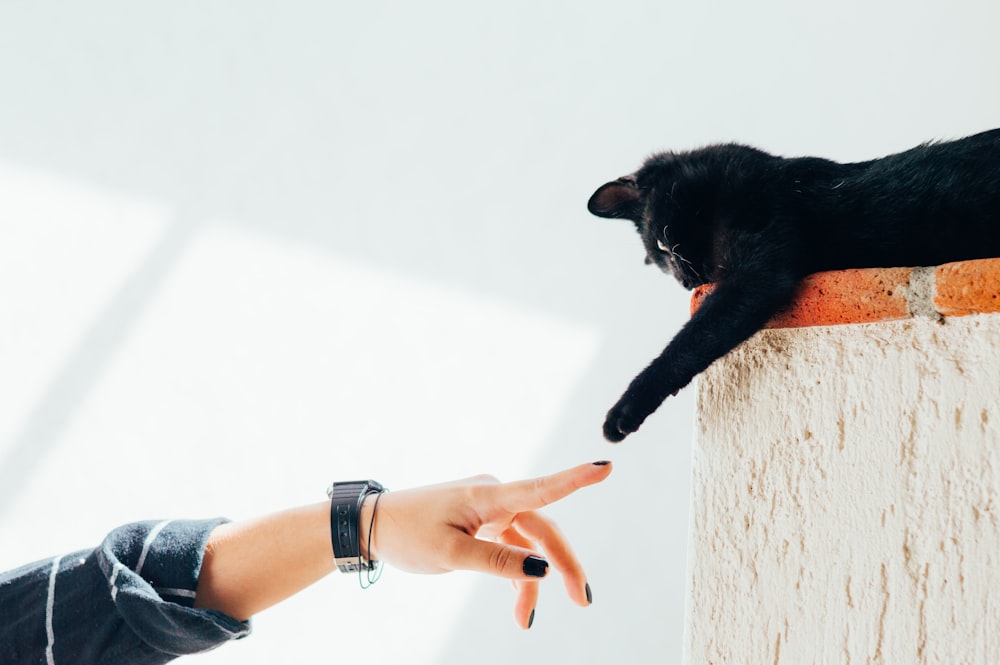A crate can be an effective tool for managing your dog’s environment and offering them a “safe space” to retreat to whenever they’re uncomfortable or just need a break from being with others. That being said, not all dogs like being crated. Some actually hate the experience and will cry when crated, or even flat out refuse to go inside their crate. To help you navigate crate training, this article will explain:
- Why some dogs hate their crate
- How to crate train a dog that hates the crate
- Frequently asked questions about dogs that hate their crate
Why do some dogs hate their crate?
Some dogs have crate anxiety and find crates scary and stressful. This can be true for dogs of all ages, especially if the crate training process was rushed, your dog has separation anxiety, or your dog has a history of bad experiences related to confinement.
How can you crate train a dog that hates the crate?
To help your dog develop a good association with the crate, we recommend breaking crate training down into 3 phases:
- Phase 1 - Establishing the crate as a happy place. Leave the crate door open and drop treats, toys and other surprises inside. You want your dog to explore the crate on their own and develop good feelings about the space.
- Phase 2 - Learning to relax inside the crate. Use your “Down” cue to get your dog to lie down in the crate. Once they’re lying down in the crate, slowly feed your dog treats for up to one minute.
- Phase 3 - Closing the door and building duration over time. Use your “Down” cue to get your dog to lie down in the crate. Then, place a treat between their paws and close the door for one second. Immediately open the door and give your dog another treat. Leave the door open for 10 seconds then repeat the exercise 5-10 times. With practice, and as your dog becomes more comfortable, you can increase the amount of time the crate door is closed.
To fully realize the benefits of crate training, work through the above phases at your dog’s speed and:
- Focus on the way your dog feels when they’re in the crate. You want to ensure you’re creating good feelings about being in the crate.
- Make the crate a place that your dog can enjoy when you’re home.
- Never force them to be in the crate or leave the door closed longer than they’re comfortable with.
If you move faster than your dog is ready for (signs would be barking and crying when they're in the crate) you run the risk of your dog developing a negative association with the crate, and then it will become increasingly harder for them to go in the crate.
Lastly, if you need to leave your dog when you go out, and they're not ready to be in the crate, try a baby gate and the crate. Essentially use the baby gate to limit the area of the house your dog can explore, and have the crate (with the door open and fun rewards scattered inside the crate) available to your dog within the space they're confined to by the baby gate.

Frequently asked questions about dogs that hate their crates
Why did my dog suddenly start to dislike its crate?
If your dog suddenly starts to dislike their crate, take a step back in the crate training process. To help them feel better, follow this three phased approach to crate training:
- Phase 1 - Establishing the crate as a happy place. Leave the crate door open and drop treats, toys and other surprises inside. You want your dog to explore the crate on their own and develop good feelings about the space.
- Phase 2 - Learning to relax inside the crate. Use your “Down” cue to get your dog to lie down in the crate. Once they’re lying down in the crate, slowly feed your dog treats for up to one minute.
- Phase 3 - Closing the door and building duration over time. Use your “Down” cue to get your dog to lie down in the crate. Then, place a treat between their paws and close the door for one second. Immediately open the door and give your dog another treat. Leave the door open for 10 seconds then repeat the exercise 5-10 times. With practice, and as your dog becomes more comfortable, you can increase the amount of time the crate door is closed.
Will my dog ever get used to their crate?
Every dog’s crate training timeline is different, but the key is to move at your dog’s speed and focus on how they’re feeling. By doing this, you will help your dog create a positive association with the crate and increase the likelihood that your dog sees the crate as a safe space over time.
What should you do when your dog cries in the crate?
If your dog is crying, they’re uncomfortable in the crate and you’re moving too fast. Take a step back in the crate training process, slow things down, and work on crate training another day. If you need to leave your dog when you go out, and they're not ready to be in the crate, try a baby gate and the crate. Essentially use the baby gate to limit the area of the house your dog can explore, and have the crate (with the door open and fun rewards scattered inside the crate) available to your dog within the space they're confined to by the baby gate.




